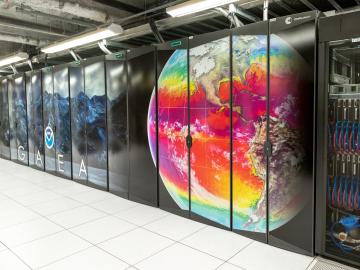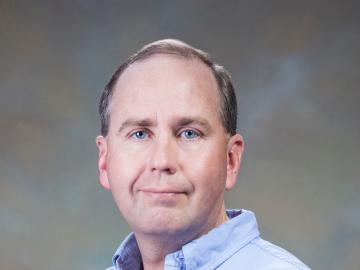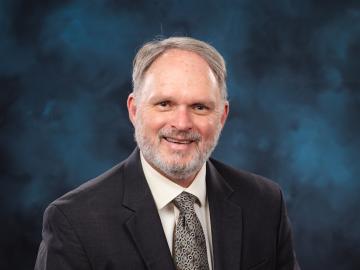
Filter News
Area of Research
News Type
News Topics
- (-) Advanced Reactors (3)
- (-) Biomedical (8)
- (-) Frontier (17)
- (-) Nanotechnology (9)
- (-) Polymers (5)
- 3-D Printing/Advanced Manufacturing (18)
- Artificial Intelligence (26)
- Big Data (9)
- Bioenergy (16)
- Biology (24)
- Biotechnology (4)
- Buildings (9)
- Chemical Sciences (18)
- Clean Water (5)
- Composites (6)
- Computer Science (29)
- Coronavirus (3)
- Critical Materials (2)
- Cybersecurity (12)
- Education (3)
- Emergency (1)
- Energy Storage (15)
- Environment (37)
- Exascale Computing (14)
- Fossil Energy (2)
- Fusion (10)
- Grid (15)
- High-Performance Computing (31)
- Hydropower (2)
- Isotopes (14)
- Machine Learning (14)
- Materials (49)
- Materials Science (16)
- Mathematics (2)
- Mercury (1)
- Microelectronics (2)
- Microscopy (9)
- Molten Salt (2)
- National Security (19)
- Neutron Science (32)
- Nuclear Energy (23)
- Partnerships (24)
- Physics (18)
- Quantum Computing (9)
- Quantum Science (9)
- Security (8)
- Simulation (26)
- Software (1)
- Space Exploration (5)
- Summit (11)
- Transportation (12)
Media Contacts

Tomonori Saito, a distinguished innovator in the field of polymer science and senior R&D staff member at ORNL, was honored on May 11 in Columbus, Ohio, at Battelle’s Celebration of Solvers.

A trio of new and improved cosmological simulation codes was unveiled in a series of presentations at the annual April Meeting of the American Physical Society in Minneapolis.

Growing up in China, Yue Yuan stood beneath the world’s largest hydroelectric dam, built to harness the world’s third-longest river. Her father brought her to Three Gorges Dam every year as it was being constructed across the Yangtze River so she could witness its progress.

Climate change often comes down to how it affects water, whether it’s for drinking, electricity generation, or how flooding affects people and infrastructure. To better understand these impacts, ORNL water resources engineer Sudershan Gangrade is integrating knowledge ranging from large-scale climate projections to local meteorology and hydrology and using high-performance computing to create a holistic view of the future.

Oak Ridge National Laboratory, in partnership with the National Oceanic and Atmospheric Administration, is launching a new supercomputer dedicated to climate science research. The new system is the fifth supercomputer to be installed and run by the National Climate-Computing Research Center at ORNL.

ORNL has named Michael Parks director of the Computer Science and Mathematics Division within ORNL’s Computing and Computational Sciences Directorate. His hiring became effective March 13.

Mickey Wade has been named associate laboratory director for the Fusion and Fission Energy and Science Directorate at the Department of Energy’s Oak Ridge National Laboratory, effective April 1.

Chemist Jeff Foster is looking for ways to control sequencing in polymers that could result in designer molecules to benefit a variety of industries, including medicine and energy.

The Center for Bioenergy Innovation has been renewed by the Department of Energy as one of four bioenergy research centers across the nation to advance robust, economical production of plant-based fuels and chemicals.

Scientists at ORNL have confirmed that bacteria-killing viruses called bacteriophages deploy a sneaky tactic when targeting their hosts: They use a standard genetic code when invading bacteria, then switch to an alternate code at later stages of


